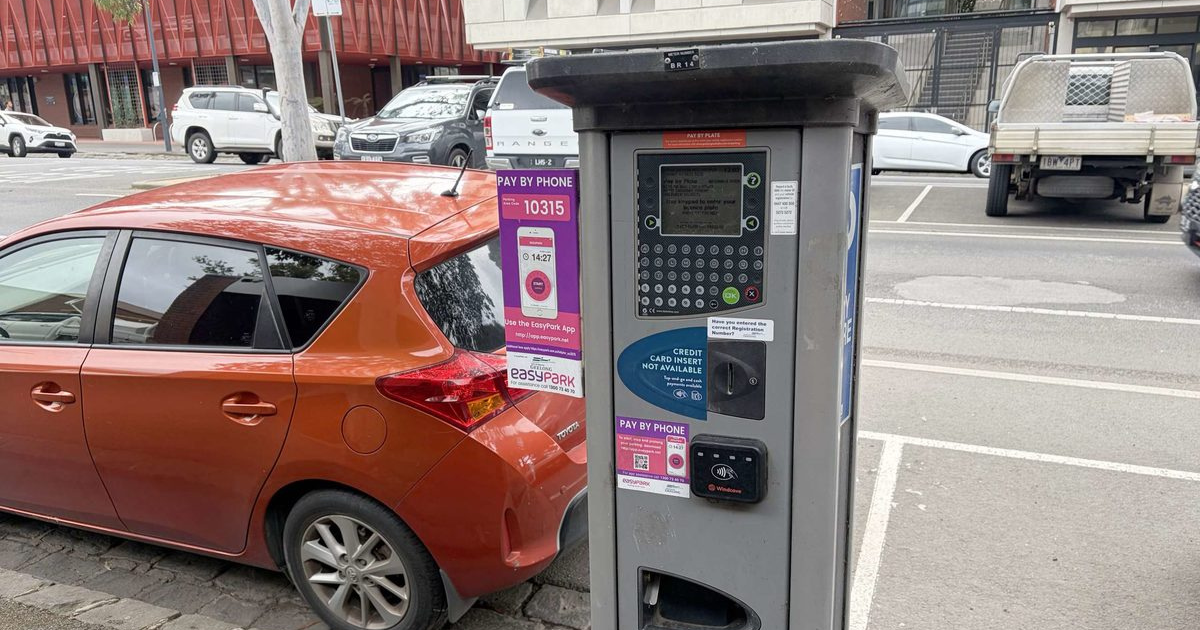ZEROING IN: MAB remains buoyant on $3.3b Avalon business park plan
A $3.3 BILLION Avalon business park is still years away following delays in a complicated planning process, but its developer remains committed to delivering the major industrial project.
Prominent property developer MAB Corporation is planning a 780 hectare, airport-edge city called Greater Avalon next door to the regional airfield.
The park is anticipated to create more than 18,000 jobs and boost Gross Regional Product by $2.5 billion.
MAB revealed its plans in 2020 and had planned to submit a rezoning application in 2021 to start business next year.
The developer and the state government are now targeting 2025 to finish a rezoning process before it can get shovels in the ground.
The Victoria government is due to consider the inclusion of the recently finalised Avalon Corridor Strategy (ACS) into planning schemes early next year, which would pave the way for rezoning processes to start in earnest.
MAB managing director Andrew Buxton said the project could “redefine” the region “as Victoria’s global gateway” with long-term economic benefits.
“A well-planned airport integrated with surrounding industrial development strongly aligns with Victoria’s planning and growth agenda and can provide a major employment and economic boost for the entire region.
“Opportunities to deliver a 21st century business park of this scale next to an international airport are extremely rare and the potential economic benefits are significant.

“It will create a thriving multi-use precinct and meet untapped industry demand. It is a true game-changer that will further Victoria’s reputation as the freight state by linking Avalon to the world.”
Mr Buxton said MAB would leverage its network of local and international businesses to secure reputable brands to use the new business park.
Modelling from Deloitte Access Economics predicts Greater Avalon would create up to 18,150 jobs for the Geelong-Wyndham region over 40 years, with an average of 694 full-time jobs created each year across its development and operation.
“An airport with expansion potential and international links, a fast-growing population, a skilled local workforce, well-designed infrastructure and proximity to major transport infrastructure, are all critical factors of advantage for Greater Avalon to attract industry investment and deliver ongoing prosperity for the region,” Deloitte partner Nicki Huntley said.
The City of Greater Geelong, Wyndham City and the Department of Environment, Land, Water and Planning finalised the ACS earlier this year, with the City of Greater Geelong endorsing the framework this month.
The plan enshrined a green break between Melbourne and Geelong, defined urban boundaries at Lara and Little River and outlined plans to protect assets such as Ramsar-listed wetlands, as well as capitalising on potential for industrial growth.
The strategy includes plans for a rail link from the airport to the Geelong-Melbourne line and a new Bay West Port to service Melbourne in coming decade, on top of existing air freight capacity and access to GeelongPort that positions the precinct as a prime industrial growth zone.
Geelong councillors this month hailed the potentially “transformative” strategy, which is earmarked to cater for significant employment growth as the city’s population surges in coming decades.


















